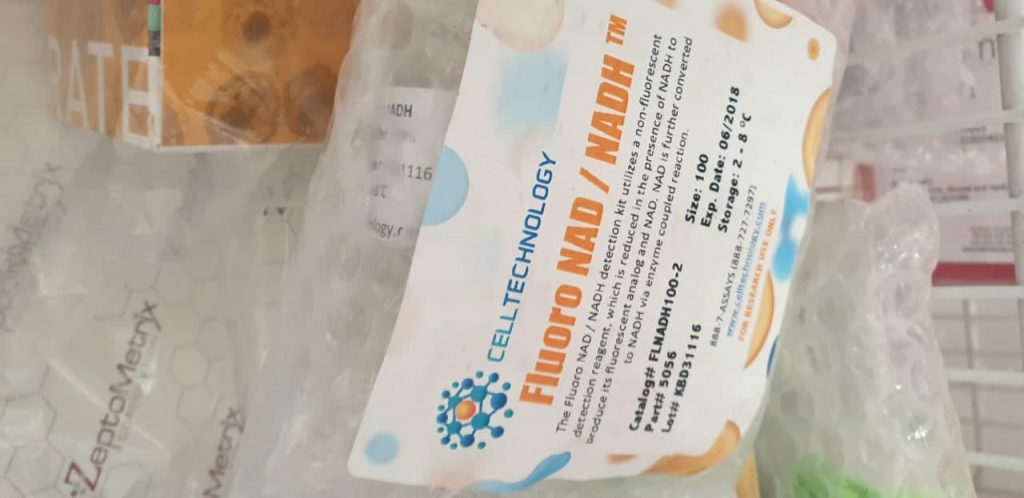Hepatocellular carcinoma (HCC) is characterised by poor end result and exhibits restricted drug-response in medical trials. Tumor immune microenvironment (TIME) exerts a robust choice strain on HCC, resulting in HCC evolvement and recurrence after a number of therapies. T cell-mediated immunoreaction throughout most cancers surveillance and clearance is central in most cancers immunity. Heterogenous T cell subsets play a number of roles in HCC improvement and development. The re-educated T cells in TIME normally result in deteriorated T cell response and tumor development. Investigation into immune system dysregulation throughout HCC improvement will make clear learn how to flip immune suppressive state to immune activation and induce extra environment friendly immune response. Emerging T cell-based therapy similar to most cancers vaccines, CAR-T cell remedy, adoptive cell remedy, and immune checkpoint inhibitors (ICIs), have been proved to trigger tumor regression in some medical and preclinical trials. In this assessment, we centered on latest research that explored T cells concerned in HCC and how they have an effect on the course of illness. We additionally briefly outlined present T cell-based immunotherapies in HCC.
Visceral adipose tissue is now acknowledged as an endocrine organ that performs a key function in organismal homeostasis by integrating metabolic and immunological points. In wholesome people, this fats depot participates in the storage and launch of lipids as per physiological demand, whereas sustaining a neighborhood anti-inflammatory surroundings. In this regard, latest findings spotlight the pivotal function of distinct subtypes of mesenchymal stromal cells (mSCs) as orchestrators of metabolic homeostasis by engendering adipocytes to maintain satisfactory lipid storage in addition to immune regulators by way of cross-talk with specialised tissue-resident immunocytes, particularly regulatory T cells (Tregs) and Group 2 Innate Lymphoid Cells (ILC2s) to forestall the event of native irritation.
In addition, these stromal-immunocyte interactions are influenced by numerous physiological circumstances similar to getting older and intercourse hormones. Perturbation of VAT equilibrium occurring throughout weight problems appreciably alters the distribution and phenotype of mSCs, immunocytes and different cell sorts, thereby selling the event of power, low-grade irritation domestically and systemically.
Immunology of IL-12: An replace on useful actions and implications for illness
As its first recognized member, Interleukin-12 (IL-12) named an entire household of cytokines. In response to pathogens, the heterodimeric protein, consisting of the 2 subunits p35 and p40, is secreted by phagocytic cells. Binding of IL-12 to the IL-12 receptor (IL-12R) on T and pure killer (NK) cells results in signaling by way of sign transducer and activator of transcription 4 (STAT4) and subsequent interferon <i>gamma</i> (IFN-γ) manufacturing and secretion. Signaling downstream of IFN-γ consists of activation of T-box transcription issue TBX21 (Tbet) and induces pro-inflammatory capabilities of T helper 1 (T<sub>H</sub>1) cells, thereby linking innate and adaptive immune responses.
Initial views on the function of IL-12 and medical efforts to translate them into therapeutic approaches needed to be re-interpreted following the invention of different members of the IL-12 household, similar to IL-23, sharing a subunit with IL-12. However, the significance of IL-12 with regard to immune processes in the context of an infection and (auto-) irritation remains to be past doubt. In this assessment, we’ll present an replace on useful actions of IL-12 and their implications for illness. We will start with a abstract on construction and operate of the cytokine itself in addition to its receptor and define the sign transduction and the transcriptional regulation of IL-12 secretion. In the second a part of the assessment, we’ll depict the involvement of IL-12 in immune-mediated ailments and related experimental illness fashions, whereas additionally offering an outlook on potential translational approaches.

Systematic Review of Osteochondral Allograft Transplant Immunology: How We Can Further Optimize Outcomes
Despite the rising success for osteochondral allograft (OCA) transplantation in treating massive articular cartilage lesions in a number of joints, related revision and failure charges are nonetheless increased than desired. While immunorejection responses haven’t been documented, the results of the host’s immune responses on OCA transplantation failures haven’t been totally characterised. The goal of this examine was to systematically assessment clinically related peer-reviewed proof pertaining to the immunology of OCAs to elucidate theragnostic methods for bettering useful graft survival and outcomes for sufferers present process OCA transplantation.
This systematic assessment of Cochrane Central Register of Controlled Trials, the Cochrane Database of Systematic Reviews, MEDLINE, PubMed, and EMBASE means that host immune responses play key roles in incorporation and useful survival of OCA transplants. OCA rejection has not been reported; nonetheless, graft integration by creeping substitution is reliant on host immune responses. Prolonged irritation, diminished osteogenic potential for therapeutic and incorporation, and relative bioburden are mechanisms which may be influenced by the immune system and contribute to undesirable outcomes after OCA transplantation.
[Linking template=”default” type=”products” search=”Ammonium Sulphate Enzyme grade” header=”3″ limit=”136″ start=”4″ showCatalogNumber=”true” showSize=”true” showSupplier=”true” showPrice=”true” showDescription=”true” showAdditionalInformation=”true” showImage=”true” showSchemaMarkup=”true” imageWidth=”” imageHeight=””]
Based on the security and efficacy of OCA transplantation and its related advantages to a big and rising affected person inhabitants, fundamental, preclinical, and medical osteoimmunological research on OCA transplantation that comprehensively assess and correlate mobile, molecular, histologic, biomechanical, biomarkers, diagnostic imaging, arthroscopic, useful, and patient-reported end result measures are of excessive curiosity and significance.


